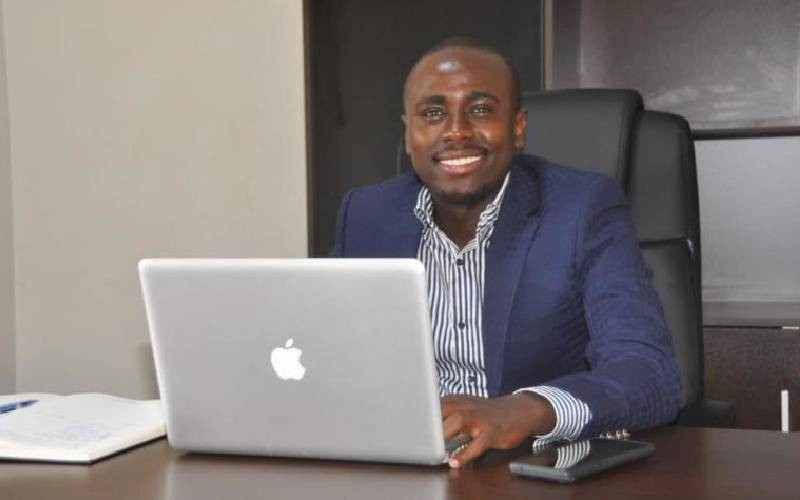×
The Standard e-Paper
Home To Bold Columnists

It is the goal of every country to offer the best possible healthcare to its citizens across the board.
With this in mind, the Kenyan government has recently embarked on a rather over-ambitious plan to roll out Universal health coverage policy throughout the country. The policy embraces principles of equity, inclusivity and social solidarity.